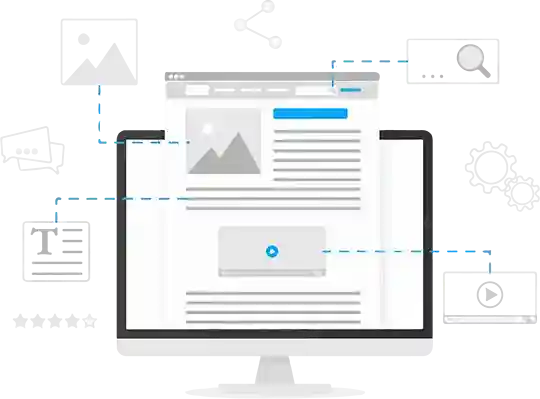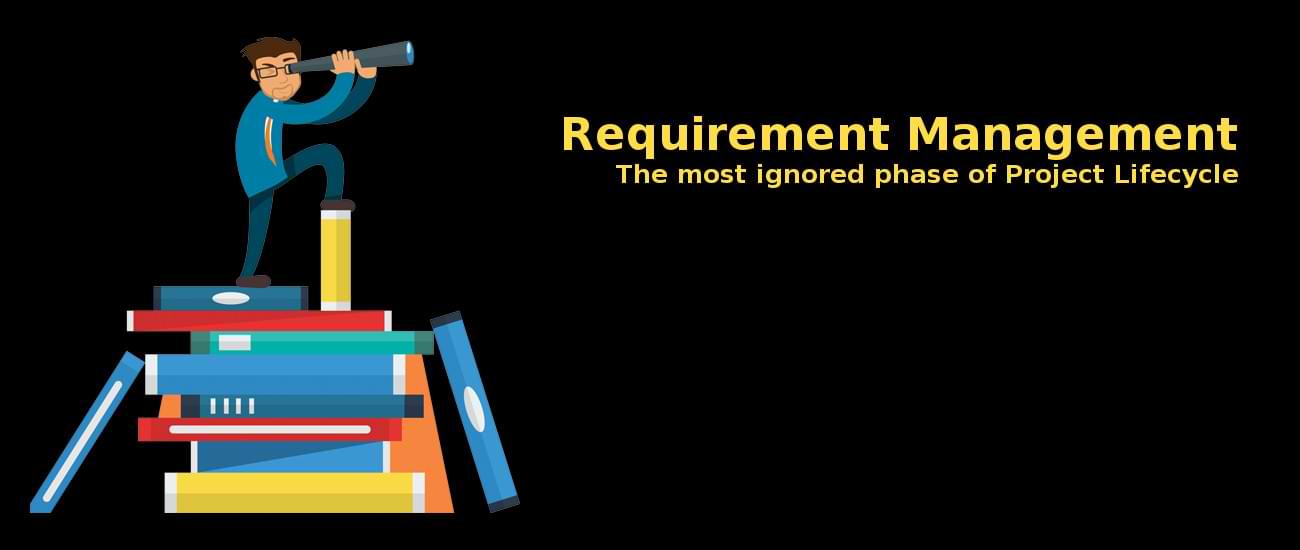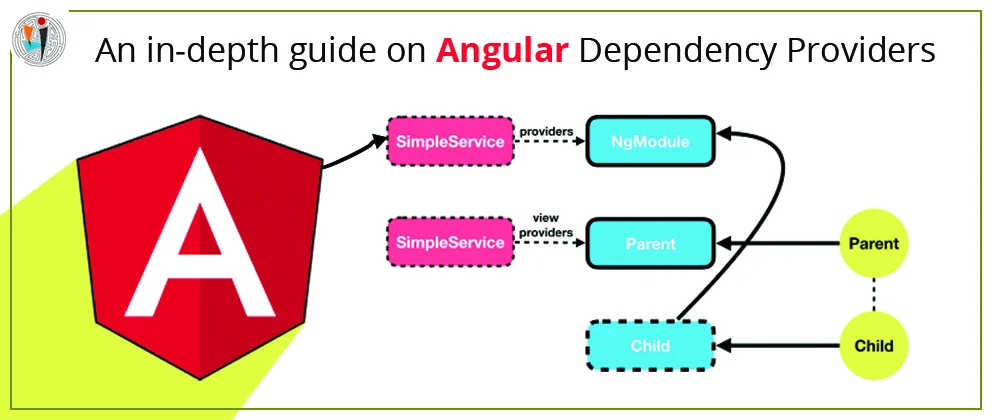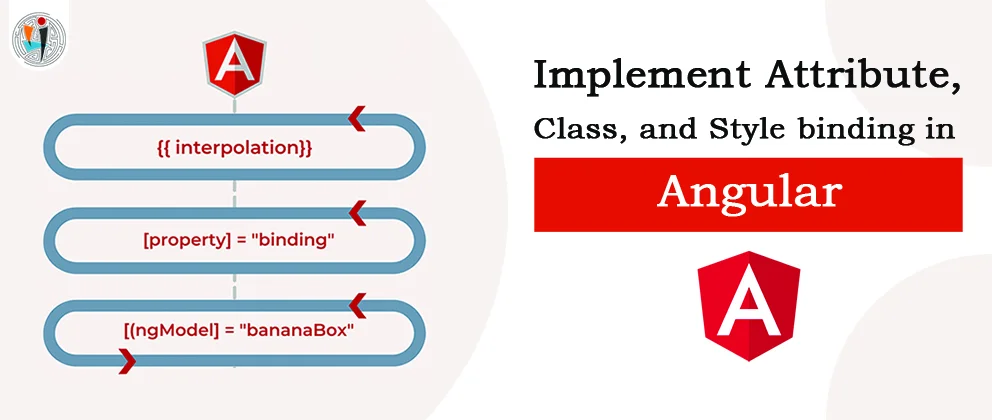Introduction
According to study (Google, 2017), approximately 60% of the projects fail to meet schedule, budget and quality goals.
KPMG New Zealand (KPMG, 2005), found that 70% of the IT companies in Netherlands and globe have failed to deliver at least one project during the first year.
In the 21st century, IT industry is playing an important role in globalization. In the project life cycle, requirement management is identified as the most ignored phase.
META group (acquired by Gartner), has concluded that 60-80% failure in any project is attributed because of poor requirement management (Wiegers, 2001).
By analysing these figures, we can say that the quality of IT projects depends on how we manage the requirements.
What is Requirement Management?
Requirement management is the process of capturing, analysing, refining, and prioritizing customer requirements and then planning for product delivery. The main purpose of requirement management is to ensure and validate that all the requirements of the internal, as well as external stakeholders are fulfilled. Requirement management includes continuous communication between the developing team and the client for whom the product is made. Throughout the project lifecycle, the adjustments in the requirements take place according to the understanding of the client and hence, it becomes an essential part to handle these changes in such a way that the flow of the project is not disturbed. To prevent the requirements from overriding with each other, constant communication among developing team members becomes a mandatory part.
Here are the phases of requirement management.
- Elicitation of requirements
The first step of requirement management engages numerous stakeholders including customer, development team, end user, and the management. Business Analyst has frequent meetings with stakeholders and gathers business and functional requirements. There are various tools and techniques which are used for elicitation like interviews, observations, brainstorming and questionnaires.
- Analysing and specifying requirements
The second phase makes sure that all the requirements which are gathered are complete, consistent, unambiguous, and concise. It requires some contradictions and unanswered questions to be clarified. Business Analyst also needs to identify which is not a requirement, in order to establish an agreement on project scope.
This phase includes documenting the functional and non-functional requirements which can be served as a contract among the customer, development team and the project manager.
Are we going in the right direction to build the software? In this phase, one needs to ensure that the developed system captures all the requirements. A final draft is made and if there is any conflict or mismatch in the requirements, it is marked. Sometimes a meeting is organized where the group of team members discuss the whole system and captures the flaws in requirements.
In the final phase of requirement management, it is made sure that the fully developed system fulfils all the documented requirements. Make sure that you are providing quality to the customer concentrating on all non-functional requirements. Various tests, inspections, and analysis are included in verification phase. In product lifecycle, business analyst has to make sure that the iterations and the design meet the customer requirements.
Conclusion
For any organization, rather than jumping immediately into the development phase, all the system requirements must be understood. For business analyst, it becomes essential to elicit all the business and functional requirements and verify them with customer and development team. Just by managing the requirements accurately, the probability of the project success increase by 30%.
References
























